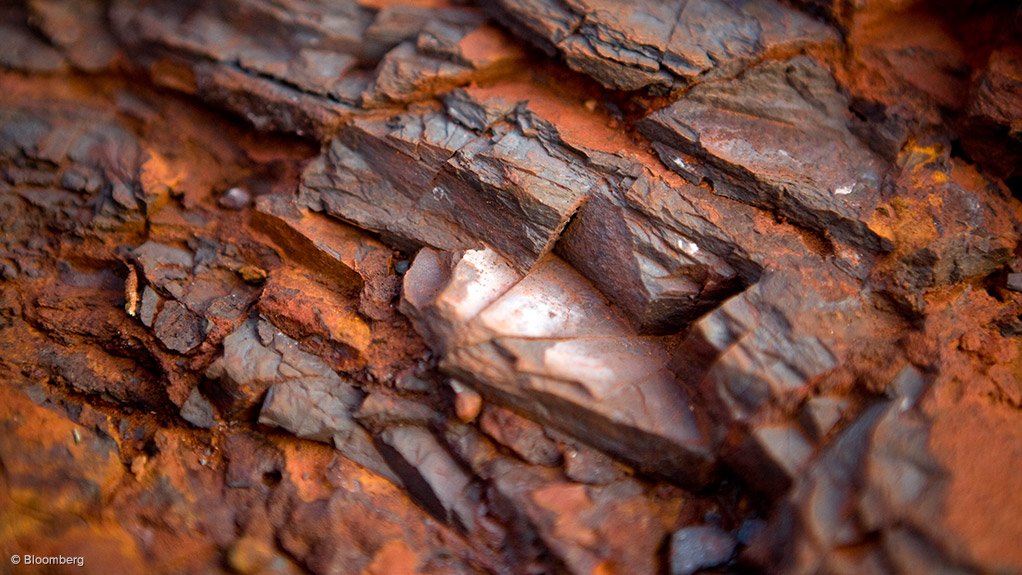KOLKATA (miningweekly.com) – India’s Mines Ministry has warned iron-ore bearing provinces of a looming "crisis" by 2020, if they do not focus on the "efficient handling of mining leases" in their respective geographies.
In an advisory to key provinces rich in iron-ore resources like Odisha, Karnataka and Chhattisgarh, the Ministry said that unless the pace of exploration was stepped up, along with the renewal of expired mining leases, the production of the raw material will start to decline, potentially leading to a full-scale crisis by the turn of the decade.
The warning of an impending crisis comes at a time when India is poised to close the financial year on March 31, with a five-year high iron-ore production record of around 180-million tonnes.
The country’s largest iron-ore producer NMDC Limited has, meanwhile, expressed similar concerns to that raised by the Ministry. In a presentation before a government committee, the miner said the "rate of growth of India’s iron-ore reserves was [much lower, while] demand for the raw material [is rising]".
The miner sought to fast-track the conversion of the country's iron-ore resources to reserves, which could only be achieved through more intensive and extensive exploration activities.
The Ministry has, meanwhile, pointed out that as many as 240 mining leases are set to expire in Odisha by 2020.
According to the Ministry, the provincial government will have to determine the fastest way to implement mining closure plans for these leases, conduct fresh G2 and G3 level exploration wherever required and, thereafter, quickly put the leases back on the auction block to ensure minimum disruption to aggregate iron-ore production.
It was also pointed out that federal government agencies had already estimated the total resource that would be produced from these mines in Odisha by 2020, as well as the area that will remain for further exploration.
To sustain the current rise in iron-ore production, the Indian government has sought faster adoption and implementation of newer and high technology exploration processes including aeromagnetic, remote sensing and hyper spectral imaging technologies.
However, the mining industry has claimed that government policies and taxes were major disincentives to iron-ore production and expansion.
An official of the Federation of Indian Mineral Industries (FIMI), the national representative body of miners, said government was considering put a cap on domestic iron-ore prices to ensure cheap raw material availability for steel producers.
Forsaking a market-determined price with a government-administered price regime would negatively impact the viability of operations, the official said.
Stating that a cap of on the iron-ore price would "deal a crippling blow to miners", the official said that while several iron-ore mines were being put up for auction, very few steel producing companies were bidding for them, which was a clear indication that mining operations were unviable.
So instead of bidding for mines, steel producers were forcing the government to cap iron-ore prices to secure an "unfair market advantage" at the cost of the mining industry, the official added.
Depriving unremunerative prices for iron-ore was no way to ensure higher production and a "crisis was inevitable in the long term but for not for the reasons being cited by the government," the official said.
Edited by: Esmarie Iannucci
Creamer Media Senior Deputy Editor: Australasia
EMAIL THIS ARTICLE SAVE THIS ARTICLE
ARTICLE ENQUIRY
To subscribe email subscriptions@creamermedia.co.za or click here
To advertise email advertising@creamermedia.co.za or click here













